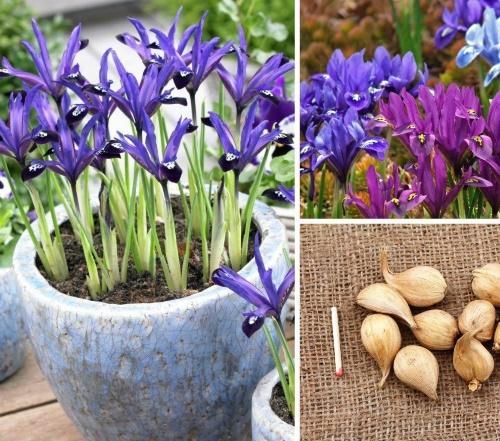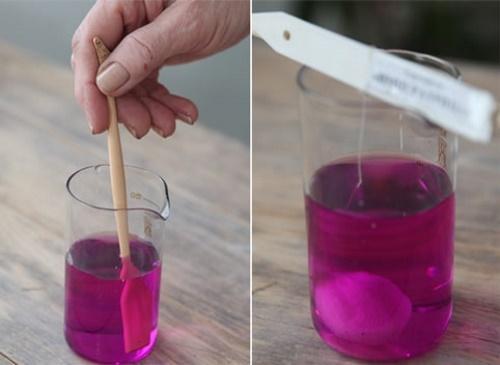We grow bulbous irises: features of planting and care
 The cultivation of bulbous irises is somewhat different from simple rhizome species, which are much more common in flower beds. The peculiarities of the root system dictate special rules for planting and leaving the bulbous irises. First of all, this is due to the fact that delicate bulbs require careful selection of the planting site. In addition, most varieties are extremely thermophilic, and are absolutely unable to survive outdoors in our winters. However, let's talk about everything in order.
The cultivation of bulbous irises is somewhat different from simple rhizome species, which are much more common in flower beds. The peculiarities of the root system dictate special rules for planting and leaving the bulbous irises. First of all, this is due to the fact that delicate bulbs require careful selection of the planting site. In addition, most varieties are extremely thermophilic, and are absolutely unable to survive outdoors in our winters. However, let's talk about everything in order.
Read also the article: when can irises be transplanted?
When to plant?
The time for planting bulbs in open ground depends on the variety of irises, for example:
- compact and frost-resistant iridodictiums can be planted in autumn, but not later than September, so that the plants have time to take root and get stronger;
- less persistent species of Juno irises will also survive the autumn planting, but subject to additional shelter in warmer regions;
- sissies xyphyums (dutch irises) it is better to plant in spring, because even at a temperature of 10 degrees below zero, the bulbs die.
Planting frost-resistant early flowering iris varieties in the spring, it should be borne in mind that there will be no flowering in the year of planting, but only for the next season.
Where to plant?
As you know, all bulbous crops (and irises are no exception) do not tolerate high humidity. Areas that suffer from flooding in spring are categorically unsuitable for these plants. With regard to the soil, the most optimal option would be fertilized sandy soil, which is light and fertile enough.
To grow bulbous irises, you need to select the lightest flower bed - only in good light conditions will they bloom well.
Preparing and planting bulbs
For the purchase of planting material, it is best to contact a specialized store - there are less chances to buy diseased plants. To protect flowers from diseases, especially putrefactive infections and fungi, before planting, they must be soaked for 30 minutes in a solution of Fundazole or at least potassium permanganate, and then let them dry completely.
A healthy iris bulb is firm to the touch, covered with a shiny golden skin and does not show strange spots or marks.
 The depth of the hole for the bulb should be no more than three diameters, and the distance between them should not be less than 10 cm.It is not necessary to water immediately, the available moisture in the soil will be enough for the irises, but the next day you need to moisten the soil well in the hole.
The depth of the hole for the bulb should be no more than three diameters, and the distance between them should not be less than 10 cm.It is not necessary to water immediately, the available moisture in the soil will be enough for the irises, but the next day you need to moisten the soil well in the hole.
Care features
It is simple to care for bulbous irises: in the spring they need to be watered regularly, but by summer the frequency of watering should be reduced, because at this time most varieties are already resting. With the arrival of autumn, dig up the xyphyum bulbs, let them dry and put them in a cardboard box for winter storage. Most flower growers dig up all varieties of irises in the summer, and return them back to the garden in the fall (except for the Dutch ones - they are stored until spring). This is especially true if it rains often, because then the irises can rot.